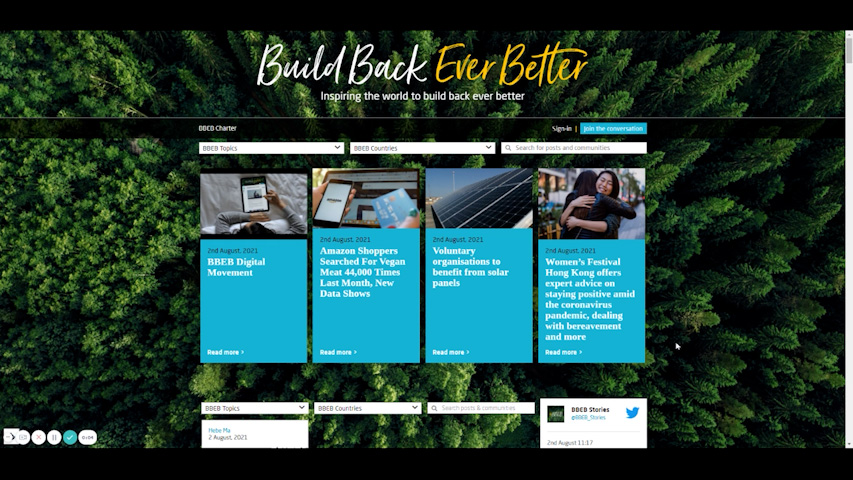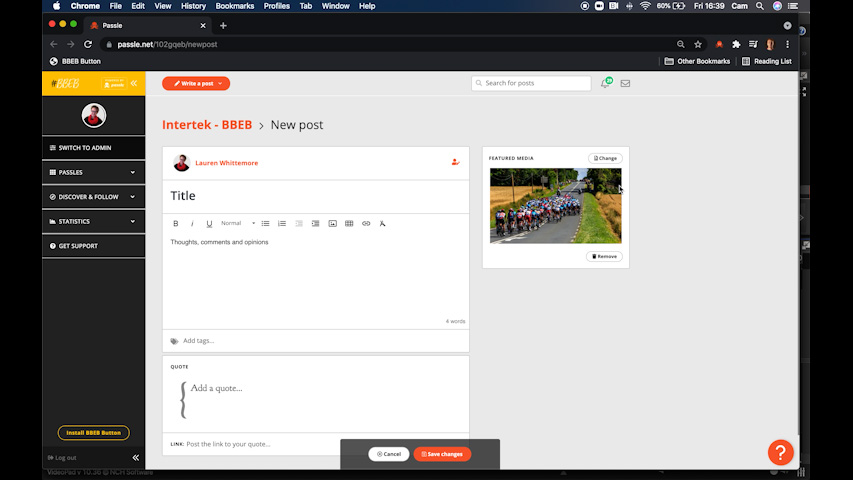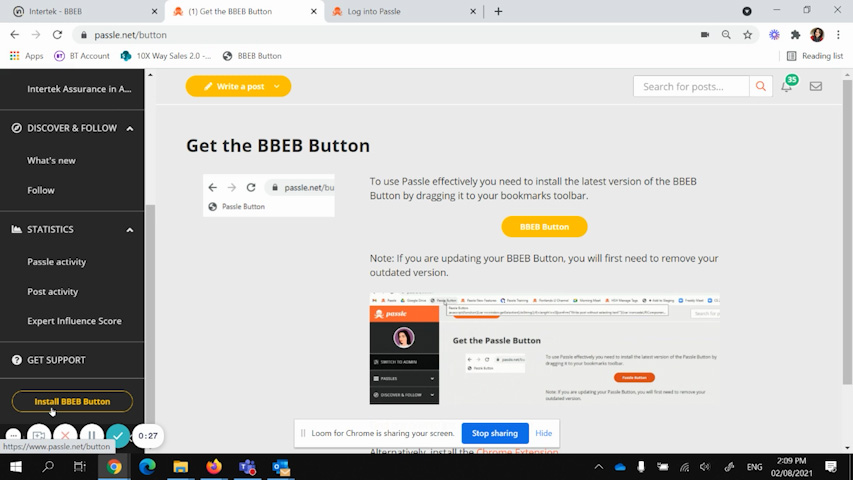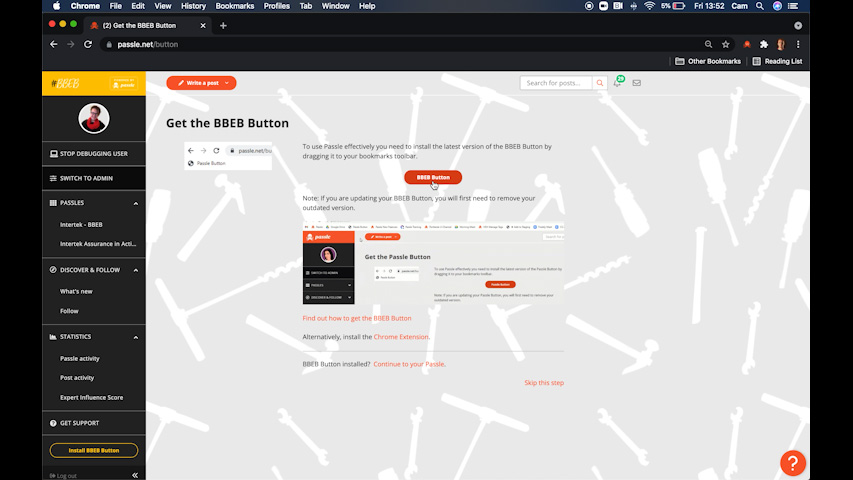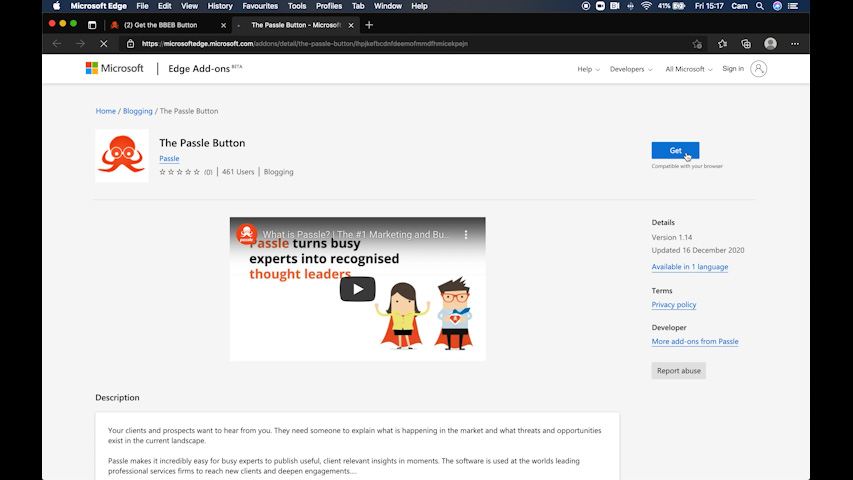There is a small chance that your next flight will be powered, at least in part, by used cooking oils or agricultural waste.
These are among the ingredients of SAF -- Sustainable Aviation Fuel -- a new type of jet fuel that promises to curb carbon emissions by 80% on average, according to IATA, the International Air Transport Association.
The first commercial flights using SAF took off in 2011, and it has since grown to become a key element in making air transport more sustainable.
The aviation industry has pledged that, by 2050, its global carbon emissions will be half that of what they were in 2005. It then hopes to reach net zero, or the complete absence of emissions, as early as a decade after that. That's an extremely ambitious plan, and one in which SAF accounts for 50% to 75% of the total reduction in emissions, depending on the different scenarios that can play out between now and then.
And yet in 2019 -- the last year of business as usual before the pandemic -- SAF accounted for just 0.1% of all jet fuel used worldwide, according to the World Economic Forum. So why aren't airlines using more of it?
Read the full story
http://www.cnn.com/travel/article/saf-jet-fuel-green/index.html
 unknownx500
unknownx500



/Passle/60211dc9e5416a0c14bc63d4/SearchServiceImages/2026-01-12-15-37-05-649-696515215262d0a2d84c75b3.jpg)








